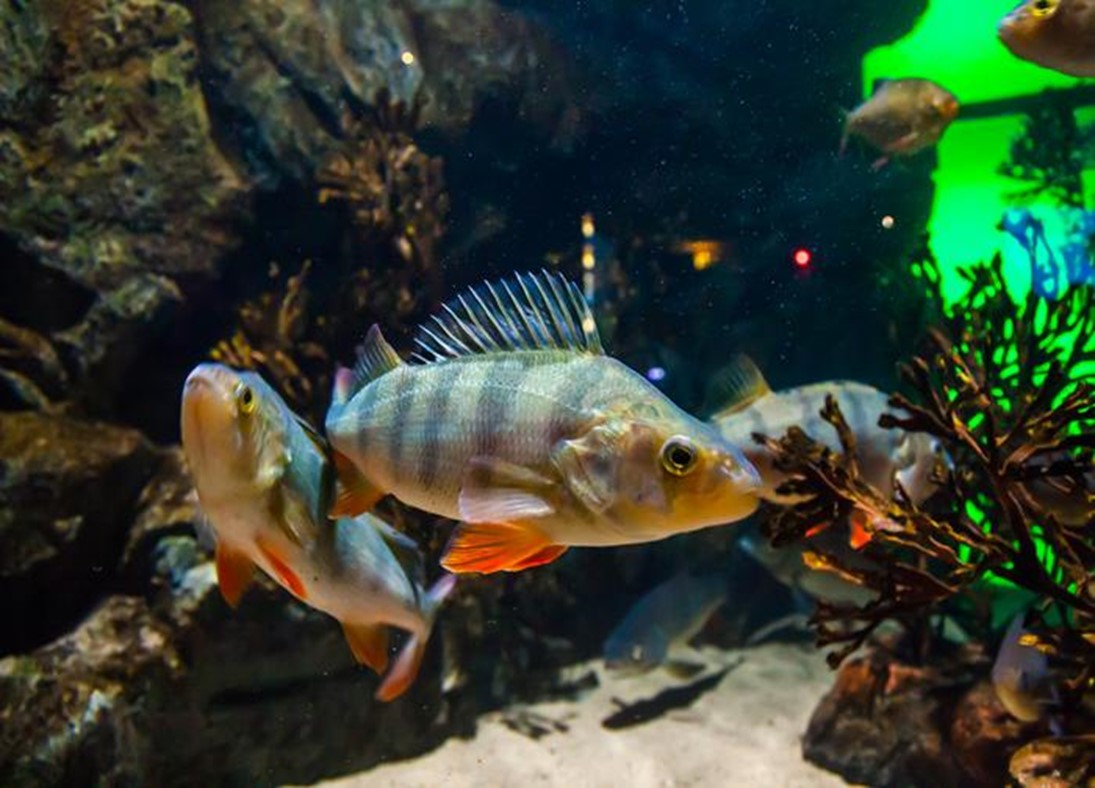Sugar-Coated Threat: Bioplastic Alarming Effects on Perch Behavior
The quest for alternative plastics that decompose more rapidly in the environment has led to the rise of bio-based polymers, with cane sugar-based plastic being a popular option. However, recent research conducted by the University of Gothenburg has revealed concerning findings about the environmental impact of this so-called "bioplastic." [1]

Figure 1. Perch fish.
Figure 1 shows the behaviour of small perch exposed to bioplastics in fish food changed over a period of six months. Poly-L-lactide (PLA), the most common type of bioplastic derived from cane sugar, is extensively used in various applications such as 3D printers, textiles, food packaging, and disposable cutlery. While traditional plastic made from fossil oil has already inundated the planet, causing the presence of microplastics in all living organisms, the focus on bioplastics stems from the desire for faster decomposition in nature. [1]
The study conducted by doctoral student Azora König Kardgar sheds light on the negative effects of PLA plastic on aquatic life, particularly the behavior of small perch. Over a six-month period, perch exposed to bioplastic in their fish food exhibited altered behavior. These fish showed heightened reactions when encountering other perch, reduced movement, disrupted shoaling patterns, and altered responses to potential threats. [1]
The rarity of toxicological experiments analyzing animal behavior adds significance to this research. While physiological changes caused by plastic exposure have been studied before, Azora emphasizes that the specific reasons behind the observed behavioral changes remain unclear. [1]
To provide comprehensive results, the researchers also tested the effects of feeding perch with kaolin particles—a white clay used in porcelain and paper coating. Although fish fed with kaolin displayed minor behavioral changes, the study revealed impacts on male sex hormones and gene expressions related to stress responses. [1]
The findings question the notion of PLA plastic as an environmentally friendly alternative to conventional plastic. Azora strongly suggests that it should not be marketed as such and instead be considered equivalent to ordinary plastic due to its adverse effects on fish. [1]
During the study, fish were fed food containing 2 percent PLA, which corresponds to the concentration of petrochemical plastic used in previous studies. The quantity of kaolin fed to another group of fish was also 2 percent. Additionally, a control group of perch was fed uncontaminated food for comparison. [1]
Source: EurekAlert
References:
- https://www.eurekalert.org/news-releases/990991
Cite this article:
Hana M (2023), Sugar-Coated Threat: Bioplastic Alarming Effects on Perch Behavior, AnaTechmaz, pp.450

